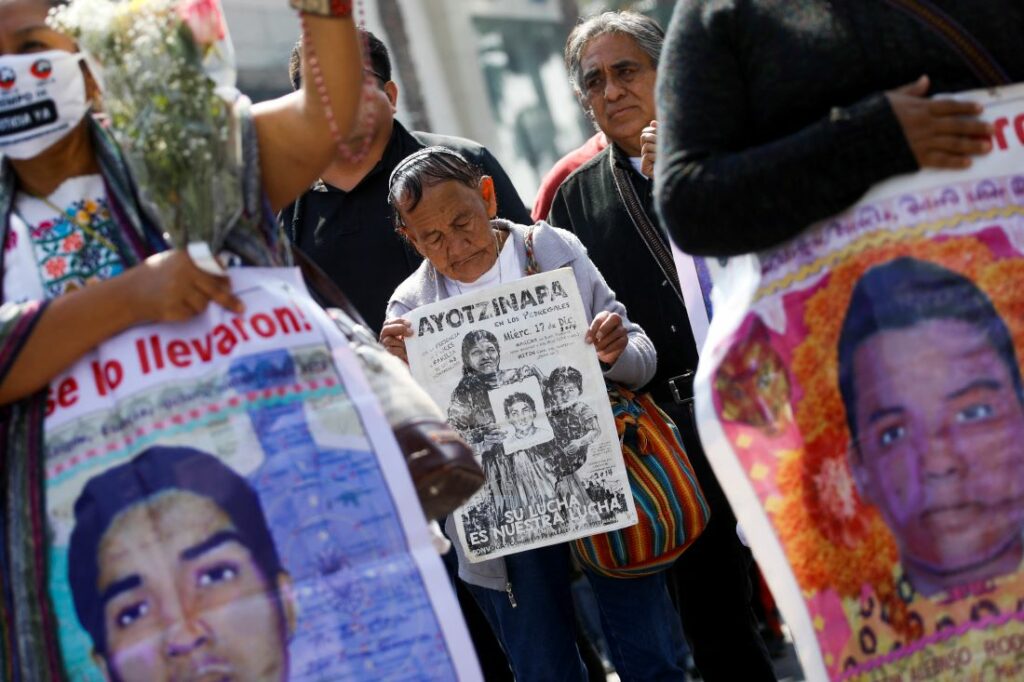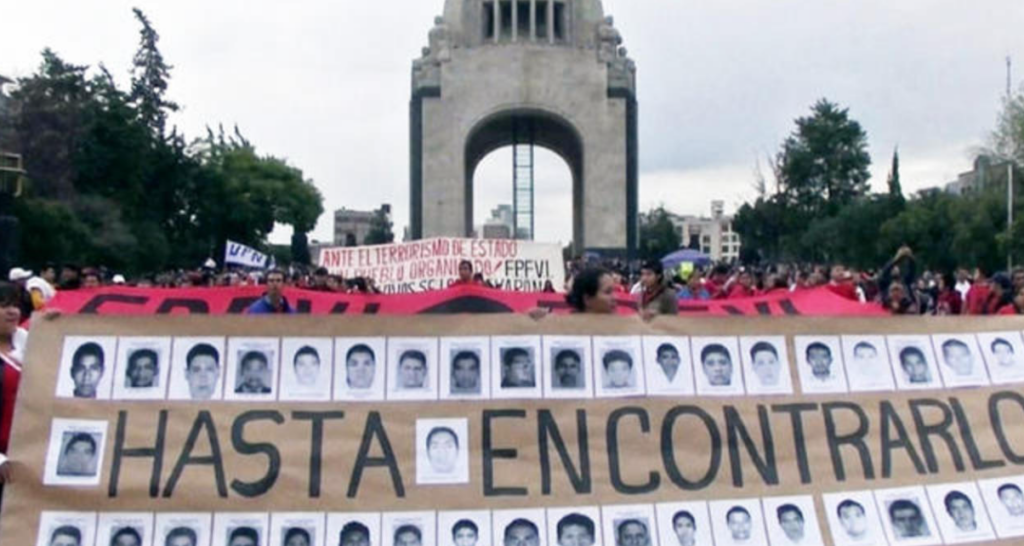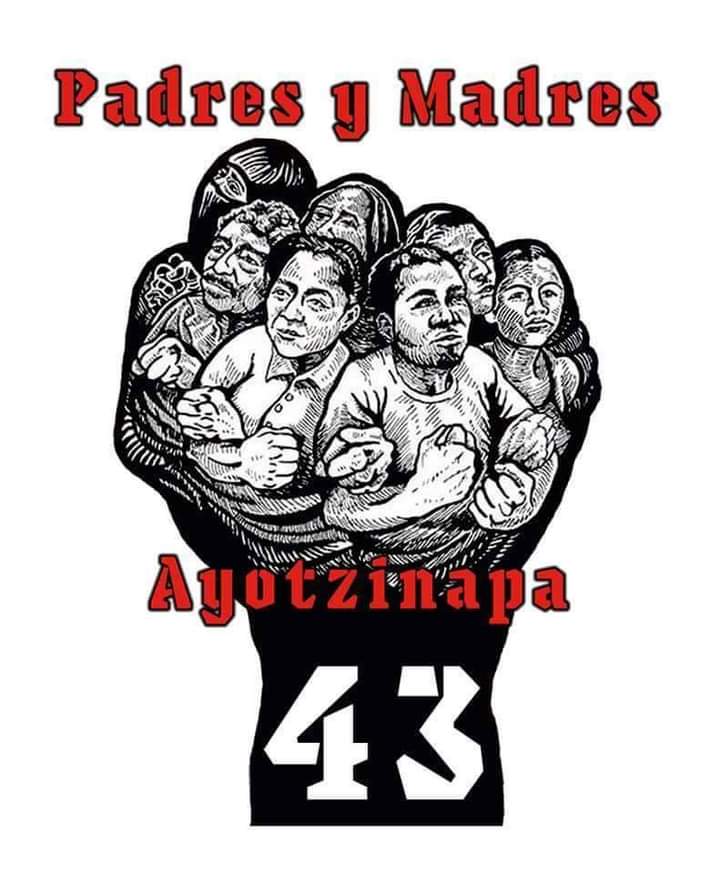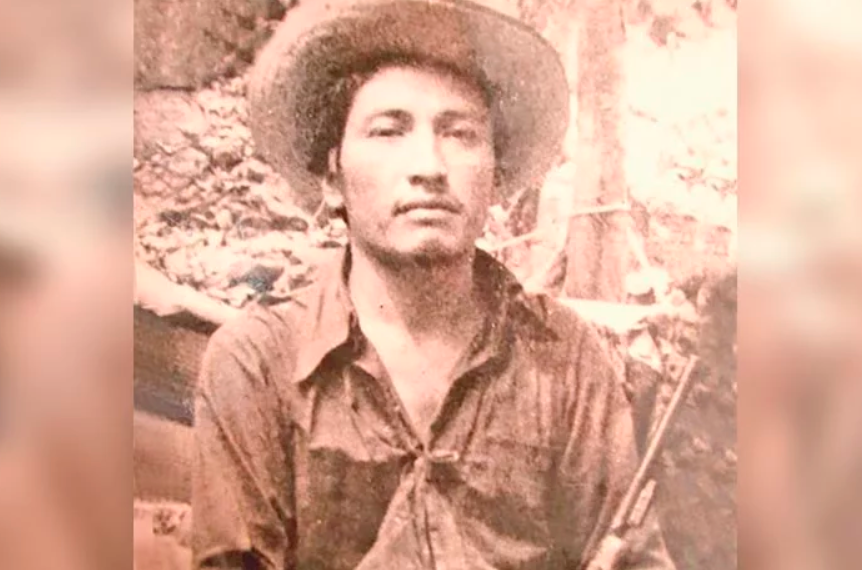October 2nd and Ayotzinapa: The Best and The Worst
A reflection on the events of October 2nd, 1968, and September 26th, 2014. These two notorious dates represent both the worst and the best of Mexican society in that, although they highlight the dark and oppressive nature of the Mexican State, they also show the tenacity and ability of Mexican civil society to organise and resist.





